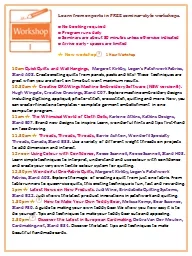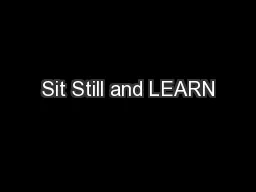PPT-What can we learn from
Author : yoshiko-marsland | Published Date : 2016-08-09
Vital Statistics about the determinants of weekend births and male births Prepared for Presentation at the Offord Centre for Child Studies 4 February 2015 Byron
Presentation Embed Code
Download Presentation
Download Presentation The PPT/PDF document "What can we learn from" is the property of its rightful owner. Permission is granted to download and print the materials on this website for personal, non-commercial use only, and to display it on your personal computer provided you do not modify the materials and that you retain all copyright notices contained in the materials. By downloading content from our website, you accept the terms of this agreement.
What can we learn from: Transcript
Download Rules Of Document
"What can we learn from"The content belongs to its owner. You may download and print it for personal use, without modification, and keep all copyright notices. By downloading, you agree to these terms.
Related Documents














